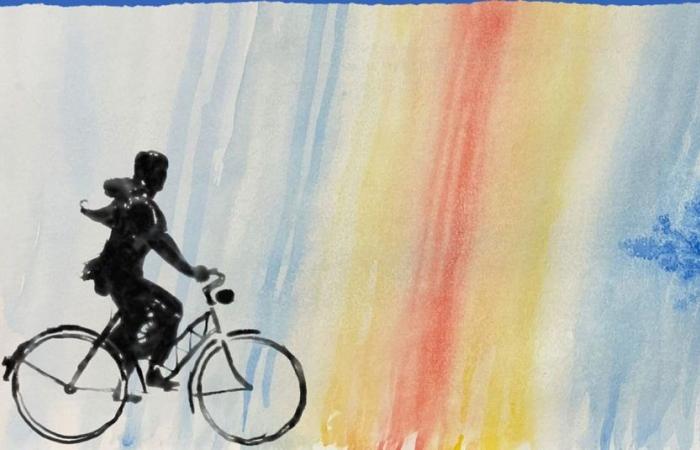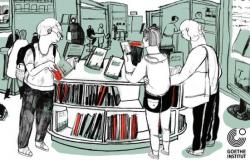That’s how I stumbled upon the book From the mother’s side Of Federica De Paolis (Feltrinelli), long before it landed in bookstores. I already knew her. Her language, direct, easy, snappy. She generates images that are always vivid, always pulsating. And it is with one of these that the novel begins.
There is a woman. A woman who is young and beautiful. At the center of any gaze, of any apparent faculty of success. Yet, this woman is an “and yet”. We barely see her, wrapped in the constant nebula of the smoke she inhales, the smoke she emanates, which gnaws at every expectation of her. And in fact she is there, nestled in front of her phone hoping that it will ring and resuscitate her. Because this beautiful woman, blonde and busty, uninhibited and lively, it cannot be enough for itself.
She waits for her man to call her, a man who doesn’t like to call himself “hers”, who swings in other arms, while she pretends not to care too much. In front of her, behind her, next to her, there is Federica, an only and very different child. She is lazy, unfriendly, always subjugated but then increasingly tired of that woman so victimized by his loves that he almost doesn’t notice anything else.
Federica who has to get sick to receive the union doses of attention, who witnesses metamorphoses of style or opinions in which the cause never belongs to her.
«My mother was finally laughing, she had shed her angelic aura, she had a perm, she was wearing fuchsia spandex and jackets with big shoulder pads. She “played” at being an extremist, a communist, in her new circle of acquaintances while I, imprisoned in my silence and shyness as a child, observed her in her new entourage».
Paola bounces. And Federica with her. Between men and removals. Abuses and goodbyes. In the rustling of the seventies. While Roma recites her sly dances. Cunning and mocking; soft and cruel. Federica grows, she expands, with kilos that she doesn’t mind absorbing, perhaps to armor herself from that enormous love and lack of understanding about her.
It’s a cliff that won’t be able to feed itself.
The daughter becomes an adult and the mother becomes fragile. The body gives in, falls apart and in a few bites the disease devours everything.
The freedom, the attractiveness, the mornings that remain.
Everything, except the dignity of that woman who was with her until the end, but who never wants to name it.
Even that moment survives between them like something ineffable, the mystery of a beautiful and damaged womandestined to exist in the immense furrow of the void it digs. In the breath of a daughter who returns her to timegiving birth to his memory, becoming the mother of that voice, of that wound that bears his name.
«Dying is not easy. (…) I looked at her hands and kissed them: her hands had designed my world, they had taught me, looked after me, scolded me, kept me in free fall. Her hands smoking, cooking, tapping the keys, clasped between her thighs, in her hair (hers, mine), on the steering wheel. Her elegant hands, her nails with high lunulae, her right index finger blond with nicotine, the thin ring on her ring finger. Her hands still. His hands still».






